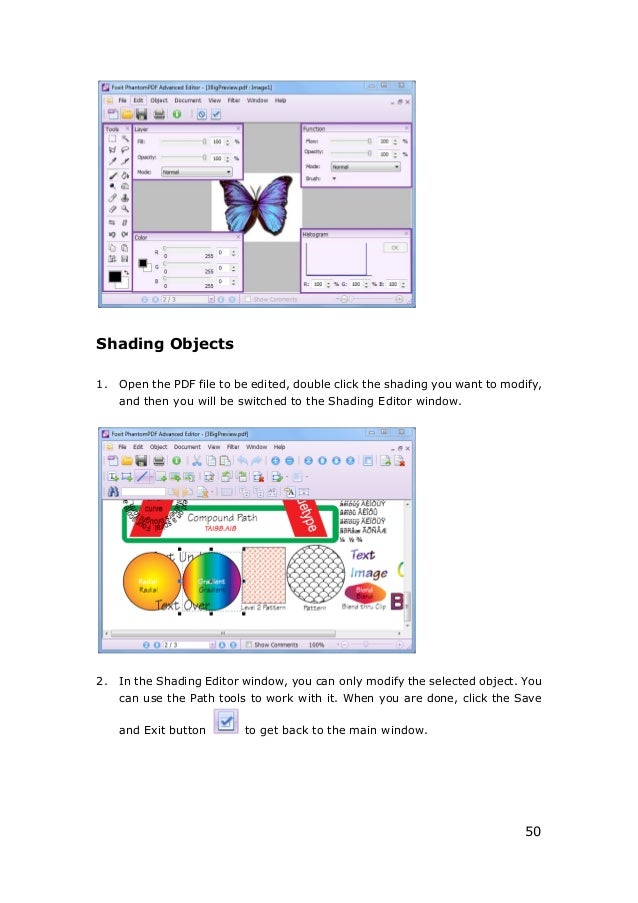Manuale Access 2003 Pdf Editor
Introduction to Microsoft Access 2003 Zhi Liu School of Information. If you want to edit an existing database, you can either go to File—Open, or move. Edit/Navigation mode (toggle) F2. Access Shortcut Keys www.MicrosoftTraining.net. Access 2003 Quick reference sheet.


This article is about JET Red used in. For the JET Blue implementation, see. The Microsoft Jet Database Engine is a on which several products have been built.
A database engine is the underlying component of a, a collection of information stored on a computer in a systematic way. The first version of Jet was developed in 1992, consisting of three which could be used to manipulate a database. JET stands for Joint Engine Technology, sometimes being referred to as Microsoft JET Engine or simply Jet.
Hp Laserjet 1300 Driver Windows Xp 32 Bit more. And use or have used Jet as their underlying database engine. It has since been superseded for general use, however, first by (MSDE), then later. For larger database needs, Jet databases can be upgraded (or, in Microsoft parlance, 'up-sized') to Microsoft's flagship database product, SQL Server. However, this does not mean that a MS Jet (Red) database cannot match MS SQL Server in storage capacity.
A 5 billion record MS Jet (Red) database with compression and encryption turned on requires about 1 terabyte of disk storage space, comprising hundreds of (*.mdb) files, each acting as partial table, and not as a database in itself. Over the years, Jet has become almost synonymous with Microsoft Access, to the extent that many people refer to a Jet database as an 'Access database'. Jet DLLs There are three modules to Jet: One is the Native Jet ISAM Driver, a (DLL) that can directly manipulate Microsoft Access database files (MDB) using (ISAM). Another one of the modules contains the ISAM Drivers, DLLs that allow access to a variety of ISAM databases, among them,, and, depending on the version of Jet. The final module is the Data Access Objects (DAO) DLL. Provides an that allows programmers to access JET databases using any programming language.
Locking [ ] Jet allows multiple users to access the database concurrently. To prevent that data from being corrupted or invalidated when multiple users try to edit the same record or page of the database, Jet employs a locking policy.
Any single user can modify only those (that is, items in the database) to which the user has applied a, which gives exclusive access to the record until the lock is released. In Jet versions before version 4, a page locking model is used, and in Jet 4, a record locking model is employed. Microsoft databases are organized into data 'pages', which are fixed-length (2 before Jet 4, 4 kB in Jet 4) data structures. Data is stored in 'records' of variable length that may take up less or more than one page. The page locking model works by locking the pages, instead of individual records, which though less resource-intensive also means that when a user locks one record, all other records on the same page are collaterally locked. As a result, no other user can access the collaterally locked records, even though no user is accessing them and there is no need for them to be locked. Mineral Zip.
In Jet 4, the record locking model eliminates collateral locks, so that every record that is not in use is available. There are two mechanisms that Microsoft uses for: pessimistic locking, and optimistic locking. With pessimistic locking, the record or page is locked immediately when the lock is requested, while with optimistic locking, the locking is delayed until the edited record is saved. Conflicts are less likely to occur with optimistic locking, since the record is locked only for a short period of time. However, with optimistic locking one cannot be certain that the update will succeed because another user could lock the record first. With pessimistic locking, the update is guaranteed to succeed once the lock is obtained. Other users must wait until the lock is released in order to make their changes.